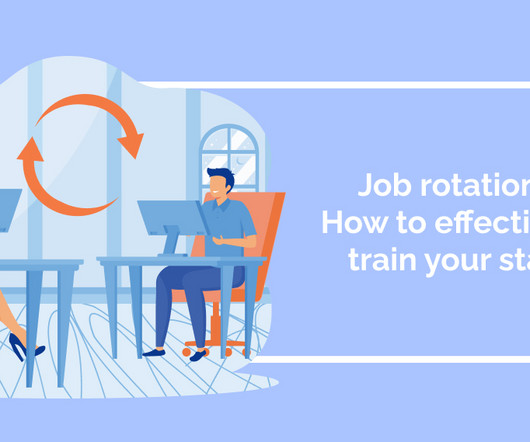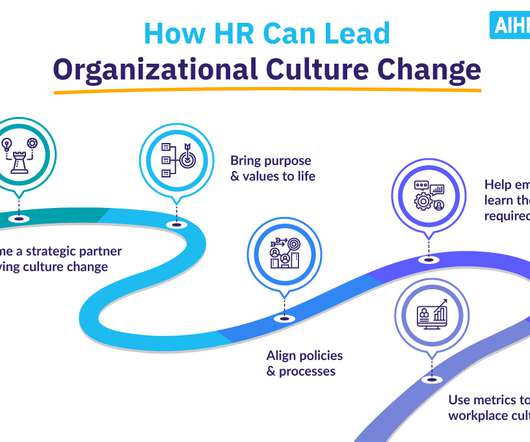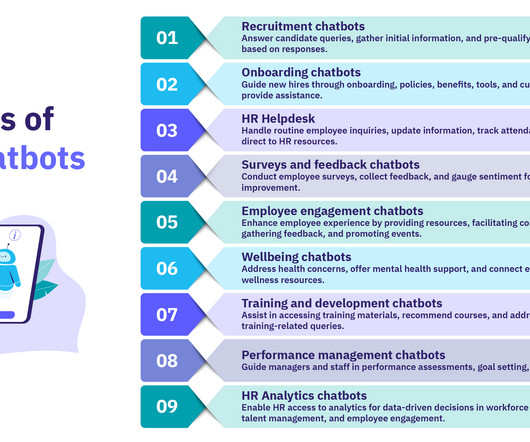Everything You Need to Know About Workforce Planning
Zenefits
JANUARY 9, 2023
There’s no getting around it: Staffing is a requirement for every employer. And to ace it, you need to perform workforce planning. Skip this step, and staffing becomes an ad hoc process, which leads to a slew of issues — including poor hiring decisions and financial waste. Determine ways to reduce staffing gaps.




















Let's personalize your content